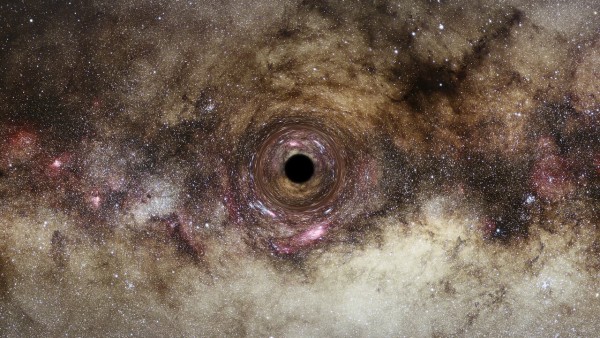
Image courtesy of: NASA/ESA
The Hubble Space Telescope has recently unveiled an ultra-rare black hole after six years of painstaking research. The black hole is seemingly traveling through interstellar space and has some truly unique features which make this object worth paying attention to.
Of all the black holes which are currently observed in the scientific community, this black hole is the direct result of a dead collapsed star which hints at the origins of the star. These stars burst as supernovae, and gravity crushes the leftover core into a black hole. To create a supernova capable of collapsing into a black hole, this star was likely extremely large and extremely ancient.
Strangely, the black hole seems to be traveling without any accompanying objects being dragged along with it. It has no companion stars, neutron stars or additional bodies included in its path.
It is theorized that there are over a hundred million black holes in the Milky Way alone, not to speak of the entire universe. And yet, no lone unaccompanied black hole has ever been definitively found until now. Due to the serious challenges of detecting black holes, it is truly remarkable that the Hubble Space Telescope was able to not only view this one but to find that it is, in fact, very rare.
During research, the black hole is also the first lone black hole to be discovered by precise mass measurements. Measurements of black holes have been traditionally inferred statistically or through interactions with binary systems or the core of galaxies. Because of this, finding black holes had relied upon having companion stars to be used as reference points.
The wandering black hole is about 5,000 light years away from Earth, in the Carina-Sagittarius arm of the Milky Way galaxy. Astronomers estimate that the nearest isolated stellar-mass black hole might be as close as 80 light-years away. To put that into perspective, Proxima Centauri, the closest star to earth, is about 4.2 light-years away.
The Hubble Telescope is set to perform ongoing observation of the black hole as it travels in hopes of providing more data and potential measurement techniques for scientists to unveil even more of these lone black hole in our system.
Keep going, Hubble!